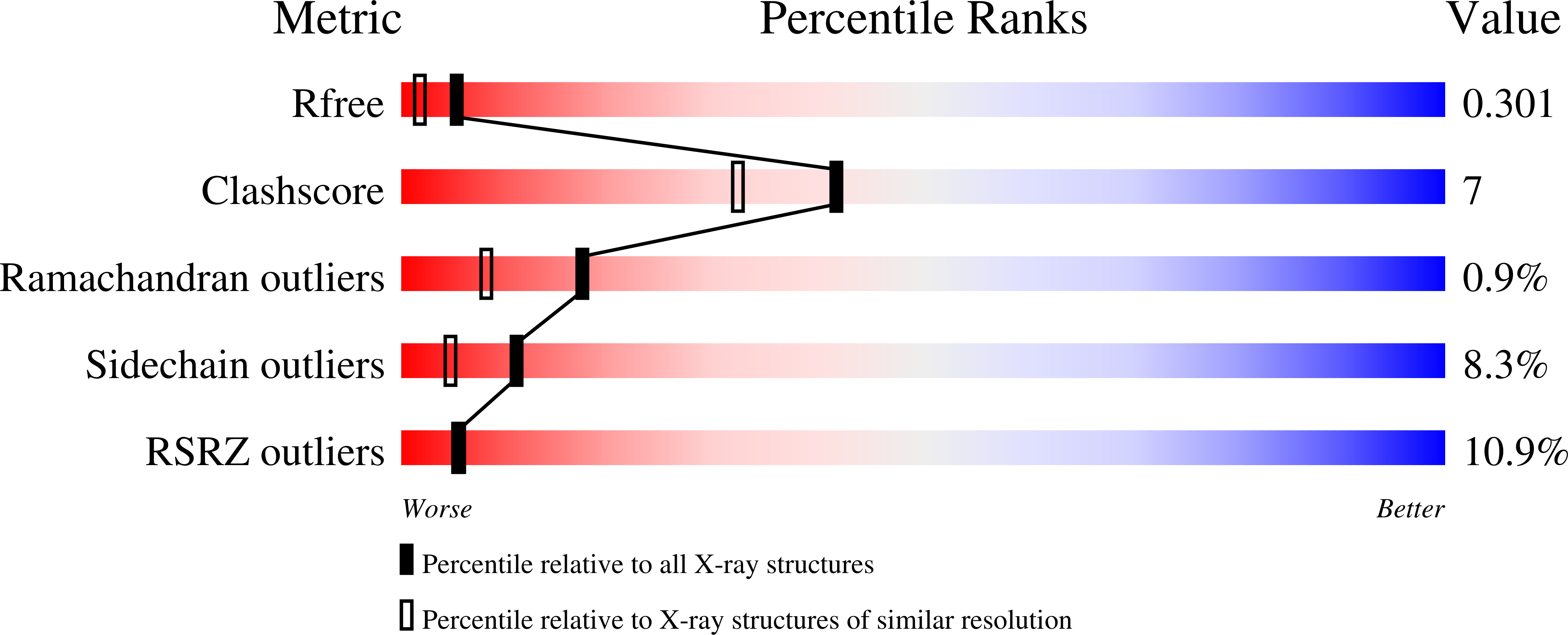
Deposition Date
2004-12-09
Release Date
2005-03-01
Last Version Date
2024-11-06
Entry Detail
PDB ID:
1Y7M
Keywords:
Title:
Crystal Structure of the B. subtilis YkuD protein at 2 A resolution
Biological Source:
Source Organism:
Bacillus subtilis subsp. subtilis str. 168 (Taxon ID: 224308)
Host Organism:
Method Details:
Experimental Method:
Resolution:
2.05 Å
R-Value Free:
0.27
R-Value Work:
0.21
R-Value Observed:
0.21
Space Group:
P 21 21 21


